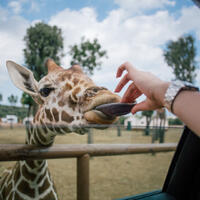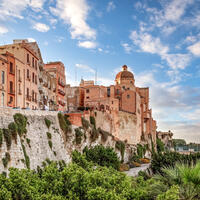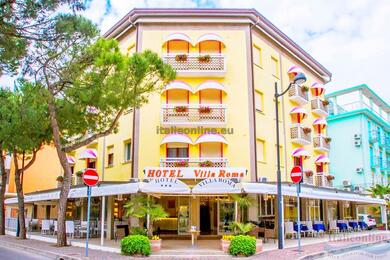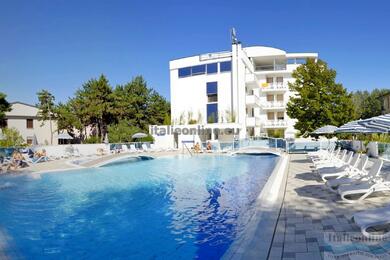With its rich history and diverse range of authors, from classics like Dante and Petrarch to modern writers like Umberto Eco and Elena Ferrante, Italian literature has deeply influenced the global literary scene. Their works are the perfect companion for reading by the sea or quiet evenings. They are guaranteed to draw you into their stories!
Classics
Some of the most famous figures of 13th and 14th century Italian literature include Francesco Petrarca, Giovanni Boccaccio and Dante Alighieri. Each had a muse - a woman they loved deeply and who inspired many of their works.
Petrarca had his Laura, about whom he wrote his famous Songbook. This collection of poems is largely dedicated to his love for Laura, which was probably not reciprocated. Some historians even believe that Laura was not a real person, but rather a symbol of Petrarch's ideal of love and beauty. However, Petrarca claims that he saw his Laura on 6 April 1327 in the church of St. Clare in Avignon.
Dante Alighieri had his muse in Beatrice, who symbolized the idealized love of his life. They met when they were both children, but unfortunately their paths diverged and Beatrice married another. She plays a key role in his most famous work, The Divine Comedy, where she guides Dante through paradise.dante Alighieri, often referred to as the 'father of the Italian language', is of great importance to Italy.many places, institutions and things in Italy are named after Dante Alighieri (streets in Milan, squares in Naples, a school in Rome, parks, a statue in Florence, theatres, bridges, libraries, etc.).
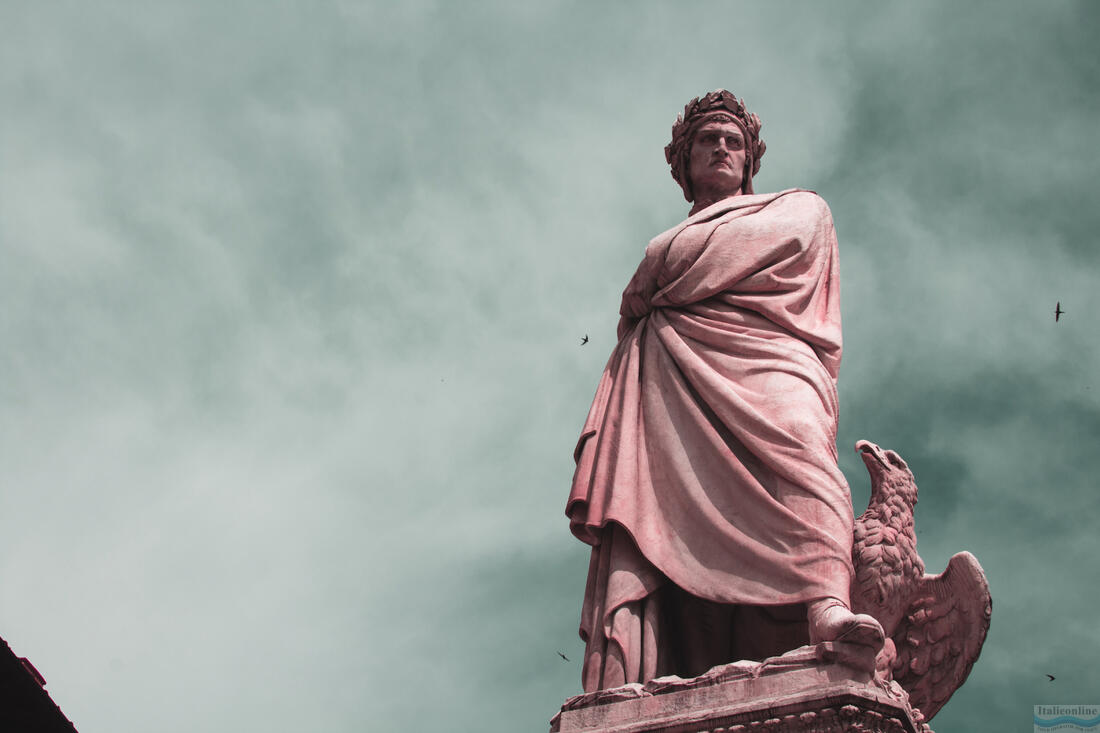
Boccaccio, author of the Decameron, had a muse named Fiametta. He probably met her in Naples and she appears in many of his works, including the Decameron and also the Elisa.
Theatrical dramas
As for the theatrical scene, playwrights such as Carlo Goldoni and Luigi Pirandello excelled here. Carlo Goldoni, originally from Venice, is one of Italy's most famous playwrights. He became famous for his extraordinary sense of humour and his reform of the commedia dell'arte. His theatrical reform included the abolition of improvisation, the introduction of a precise script for actors and the removal of masks, which allowed the audience to better identify with the characters on stage. His plays are still performed today and remain popular. These include "The Servant of Two Masters" and "Mirandolina," which remain great examples of his work. In this country, among the best known contemporary productions of The Servant of Two Masters is the drama of the Prague National Theatre, where Miroslav Donutil excelled in the lead role until 2016.
Pirandello, on the other hand, was known for his experimental theatrical techniques as well as his analysis of human identity, which he carried out through his works such as "Six Characters in Search of an Author" and "Henry IV."
19th and 20th century poets
In the 19th to 20th centuries, we come to authors such as the poets Gabriele D'Annunzio and Eugenio Montale, who even won the Nobel Prize. Then there is Umberto Eco, who the whole world knows for his famous work The Name of the Rose. Not to be missed are Alessandro Manzoni, author of the famous novel The Betrothed, Italo Calvino with his Invisible cities, The Baron in the Tree and others, and Alberto Moravia, best known for his novels The Highlander and The Roman Woman.
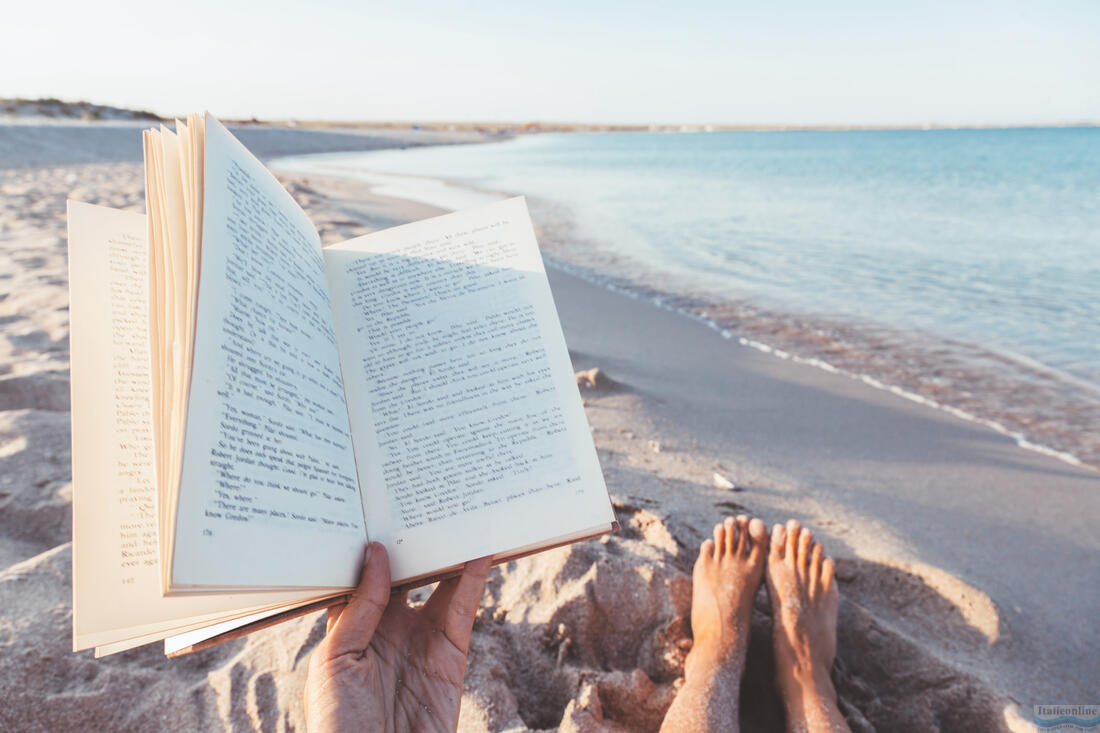
Contemporary Italian literature
Contemporary Italian authors include Elena Ferrante, Niccolò Ammaniti and Roberto Saviano. Immerse yourself in Ferrante's "Neapolitan Tetralogy", starting with The Brilliant Girlfriend, a book full of twists and turns. Or discover the secrets of the Camorra crime syndicate in Saviano's Gomorrah. And last but not least, don't miss the novel I'm Not Afraid by Ammaniti, which has even been made into a movie.


